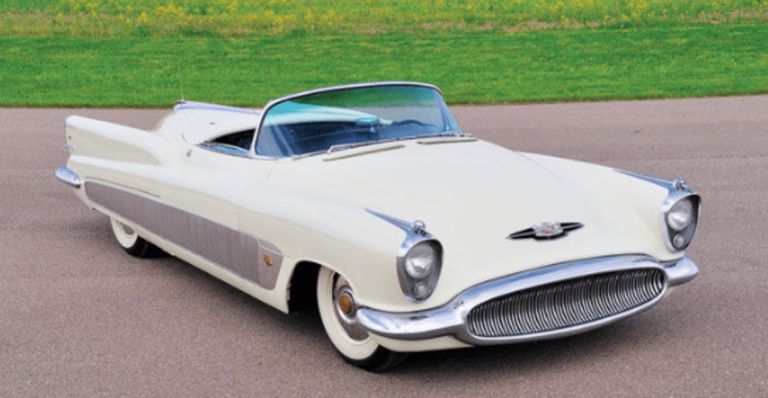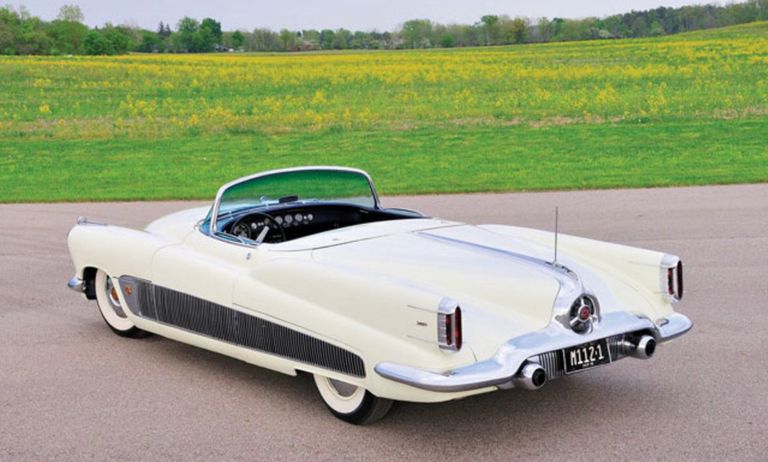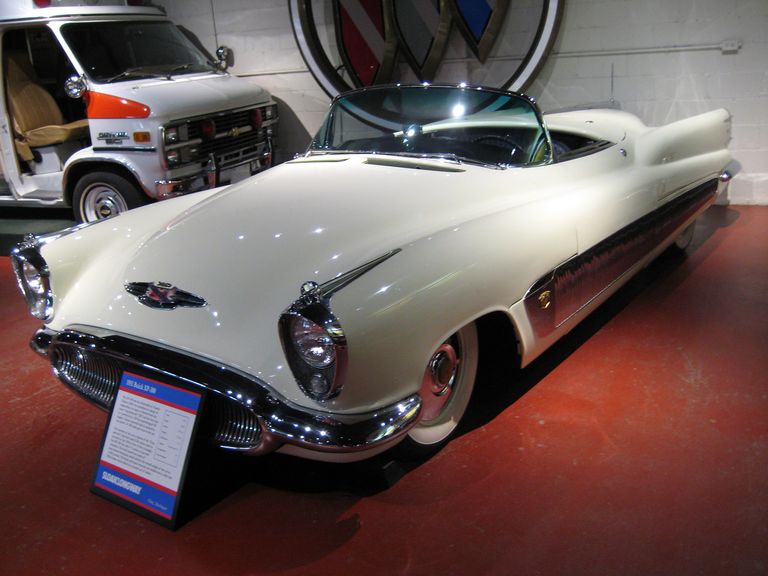Buick XP-300 ...
1 of 1 …


The Buick XP-300 (initially designated the XP-9) is a concept car created by General Motors in 1951. It is a counterpart to GM's Le Sabre, with which it shares many common mechanical components, including its 335-horsepower (250 kW) supercharged V8 engine, which could run on either gasoline or methanol. Representative of GM's "long and low" design philosophy in the 1950s, the XP-300 measures over 16 feet (4,900 mm) in total length but is only 39.1 inches (990 mm) in height. It includes numerous features ranging from push-button power windows and seats to hydraulic jacks and de Dion axles.
Claimed to have attained a top speed of 140 miles per hour (230 km/h) during testing, the XP-300 was displayed at auto shows across the United States, including the Chicago Auto Show in February 1951 and GM's 1953 Motorama tour. Together with the Le Sabre, the XP-300 pioneered the wraparound windshield, although it ultimately had much less influence on future car design than its counterpart. In 1966, the XP-300 was refurbished and donated to the Alfred P. Sloan Museum in Flint, Michigan, where it remains as of 2018.
